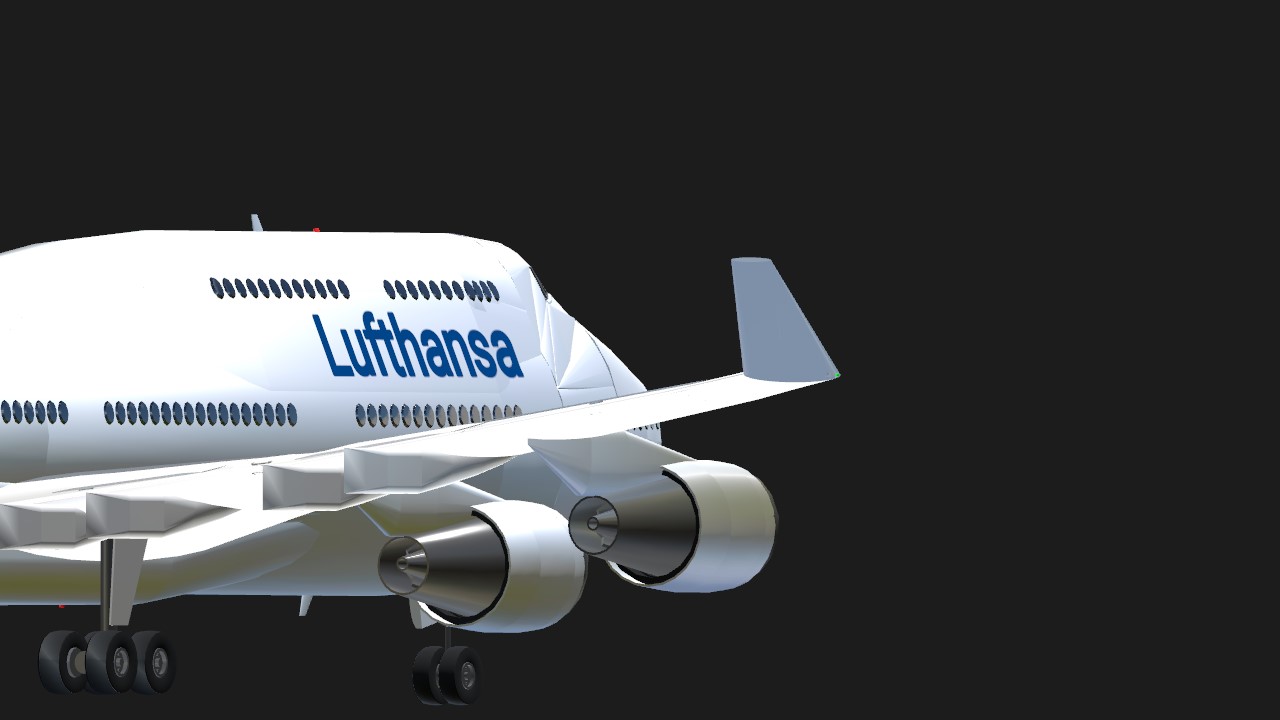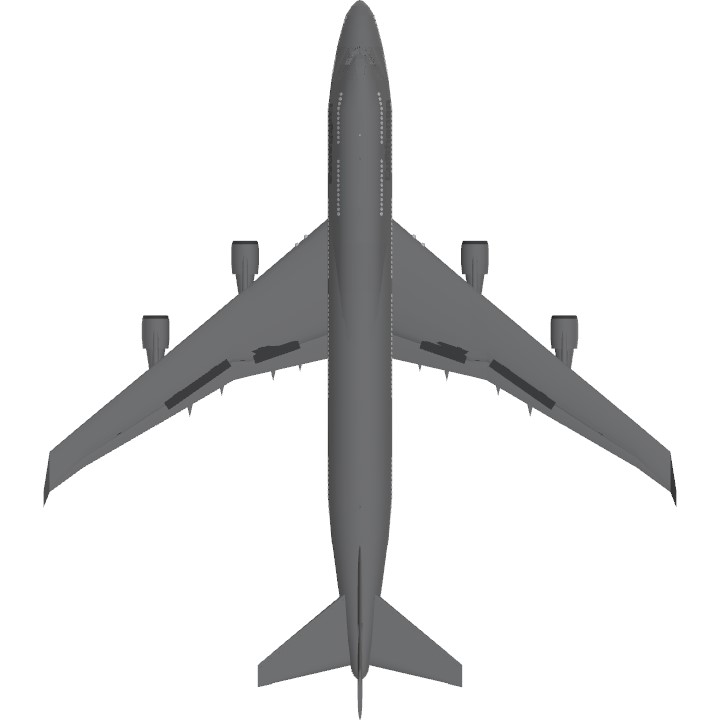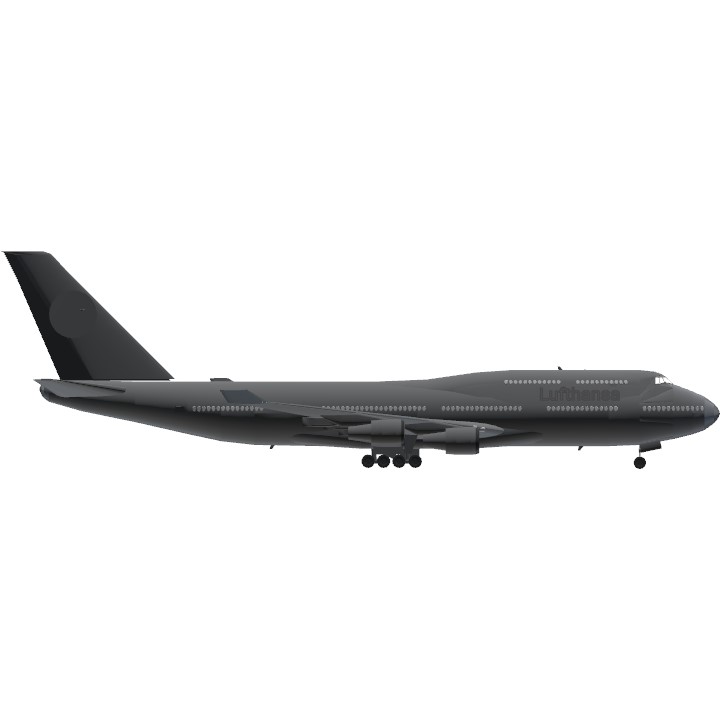The Boeing 747 is a large, long-range wide-body airliner designed and manufactured by Boeing Commercial Airplanes in the United States. After introducing the 707 in October 1958, Pan Am wanted a jet 2+1/2 times its size, to reduce its seat cost by 30% to democratize air travel.[6] In 1965, Joe Sutter left the 737 development program to design the 747, the first twin aisle airliner. In April 1966, Pan Am ordered 25 Boeing 747-100 aircraft and in late 1966, Pratt & Whitney agreed to develop its JT9D engine, a high-bypass turbofan. On September 30, 1968, the first 747 was rolled out of the custom-built Everett Plant, the world's largest building by volume. The first flight took place on February 9, 1969, and the 747 was certified in December of that year. It entered service with Pan Am on January 22, 1970. The 747 was the first airplane dubbed "Jumbo Jet", the first wide-body airliner.
The 747 is a quadjet, initially powered by Pratt & Whitney JT9D turbofan engines, then General Electric CF6 and Rolls-Royce RB211 engines for the original variants. With a ten-abreast economy seating, it typically accommodates 366 passengers in three travel classes. It has a pronounced 37.5° wing sweep, allowing a Mach 0.85 (490 kn; 900 km/h) cruise speed, and its heavy weight is supported by four main landing gear legs, each with a four-wheel bogie. The partial double-deck aircraft was designed with a raised cockpit so it could be converted to a freighter airplane by installing a front cargo door, as it was initially thought that it would eventually be superseded by supersonic transports.
Boeing introduced the -200 in 1971, with more powerful engines for a heavier maximum takeoff weight (MTOW) of 833,000 lb (378 t) from the initial 735,000 lb (333 t), for a longer 6,560 nmi (12,150 km) range up from 4,620 nmi (8,560 km). It was shortened for the longer-range 747SP in 1976, and the 747-300 followed in 1983 with a stretched upper deck for up to 400 seats in three classes. The heavier 747-400 with improved RB-211 and CF6 versions, along with the PW4000 (the JT9D successor), and a two-crew glass cockpit, was introduced in 1989 and is the most common variant. After several studies, the stretched 747-8 was launched on November 14, 2005, with new General Electric GEnx engines, and was first delivered in October 2011. The 747 is the basis for several government and military variants, such as the VC-25 (Air Force One), E-4 Emergency Airborne Command Post, Shuttle Carrier Aircraft, and some experimental testbeds such as the YAL-1 and SOFIA airborne observatory.
By June 2020, 1,556 aircraft had been built, with fifteen 747-8s remaining on order.[7] Manufacture of the 747 is scheduled to end in 2022 after a 54-year production run. Initial competition came from the smaller trijet widebodies: the Lockheed L-1011 (introduced in 1972), McDonnell Douglas DC-10 (1971) and later MD-11 (1990). Airbus competed with later variants with the heaviest versions of the A340 until surpassing the 747 in size with the A380, delivered between 2007 and 2021. As of 2020, 61 Boeing 747s have been lost in accidents, in which a total of 3,722 people have died.[8]
I Finished his 747
Specifications
Spotlights
- 1malklj 9 months ago
General Characteristics
- Predecessor Boeing 747-400 lufthansa
- Successors 7 airplane(s) +14 bonus
- Created On Windows
- Wingspan 217.0ft (66.2m)
- Length 246.8ft (75.2m)
- Height 74.6ft (22.7m)
- Empty Weight N/A
- Loaded Weight 93,974lbs (42,626kg)
Performance
- Power/Weight Ratio 2.023
- Wing Loading 15.1lbs/ft2 (73.6kg/m2)
- Wing Area 6,232.3ft2 (579.0m2)
- Drag Points 44157
Parts
- Number of Parts 710
- Control Surfaces 9
- Performance Cost 3,707







Luftwaffe😂